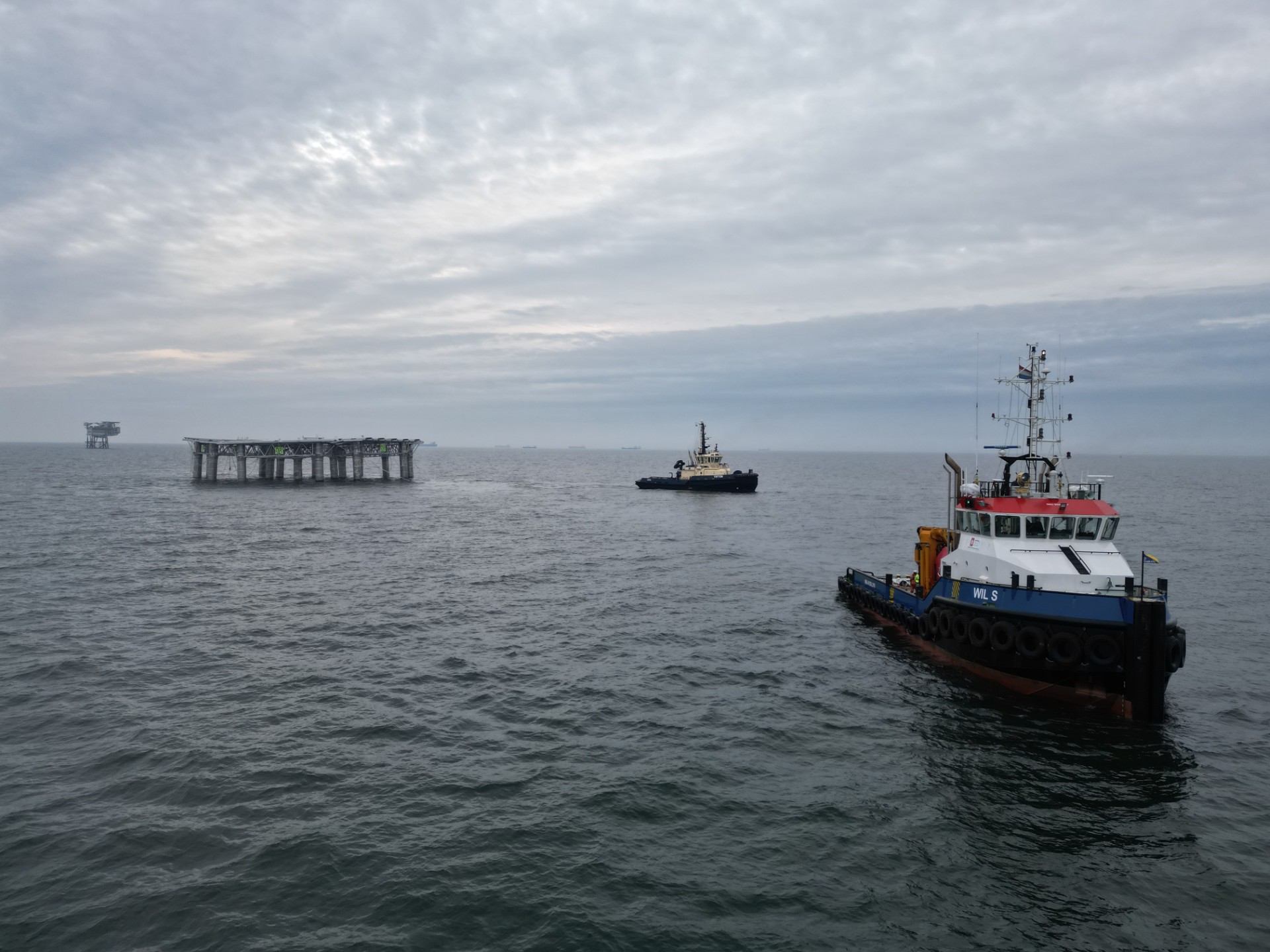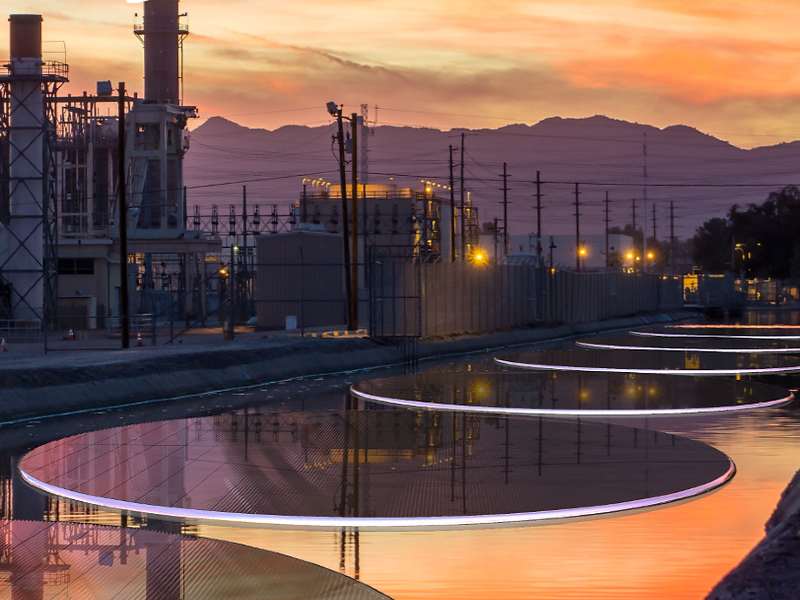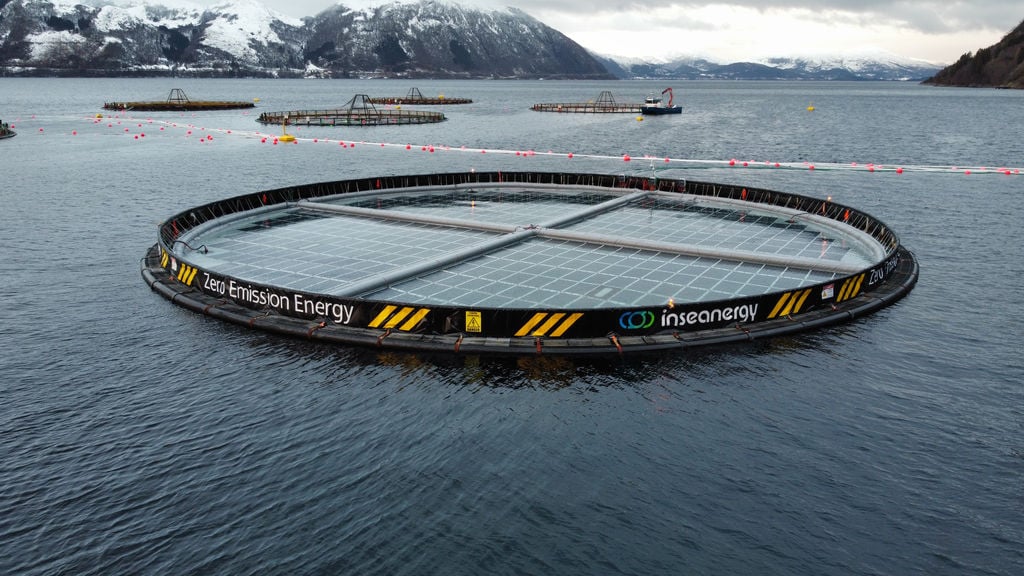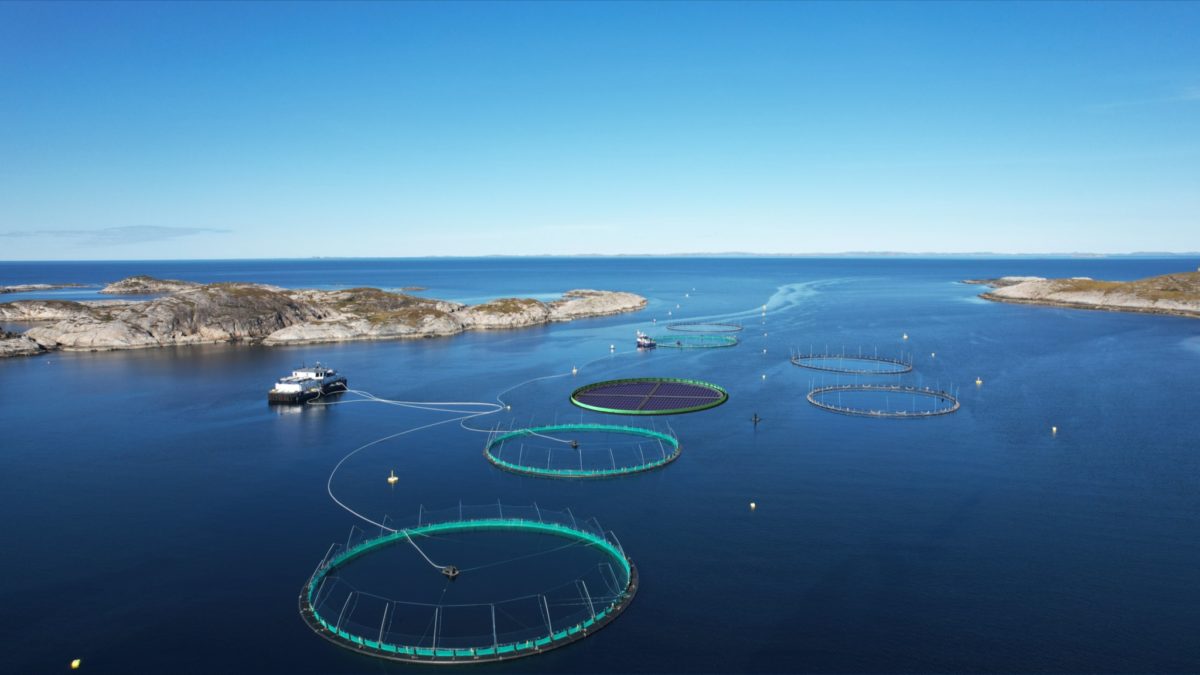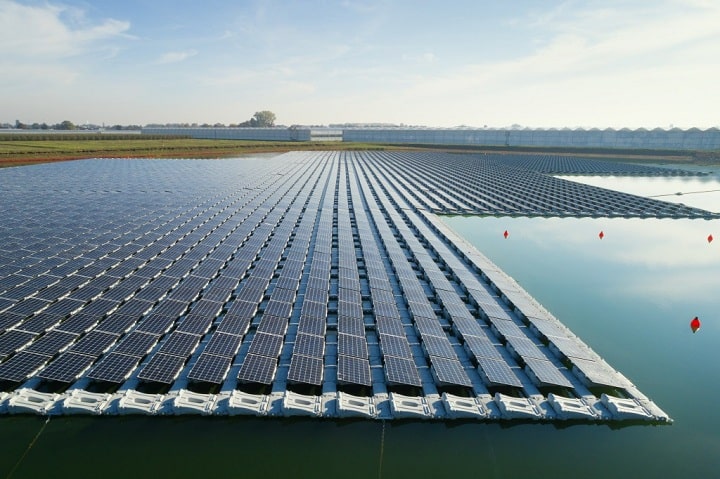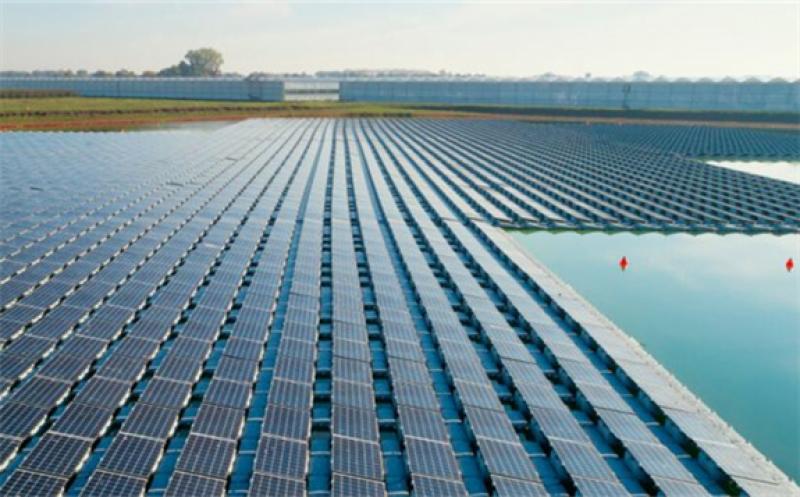
The dam, located on the lower reaches of the Yarlung Zangbo, will be a cornerstone of China’s efforts to meet its carbon neutrality goals, stimulate engineering and related industries, and generate employment in Tibet, the official Xinhua news agency reported.
With a section of the river dropping 2,000m within just 50km, the site offers significant hydropower potential but also presents unique engineering challenges. The Power Construction Corporation of China, which estimated the dam’s capacity in 2020, noted that it would more than triple the electricity output of the Three Gorges Dam.
While China has not disclosed the full cost of the project, it is expected to surpass the 254.2 billion yuan ($34.83 billion) spent on the Three Gorges Dam. This earlier project displaced 1.4 million people, though authorities have not revealed how many might be affected by the Tibetan dam or its impact on the local ecosystem.
Concerns have been raised by neighboring India and Bangladesh, as the Yarlung Zangbo flows into India’s Arunachal Pradesh and Assam states before reaching Bangladesh, where it is known as the Brahmaputra River. Both nations worry the dam could disrupt water flow, alter river courses, and harm downstream ecosystems.
Chinese officials maintain that hydropower projects in Tibet, which holds a third of the nation’s hydroelectric potential, will have minimal environmental and downstream impacts. Nonetheless, the project has heightened tensions over transboundary water management in the region.
China has already begun generating power on the upper reaches of the Yarlung Zangbo and plans additional projects upstream.
